Home » Posts tagged 'everett'
Tag Archives: everett
The Water Cure and Self Care
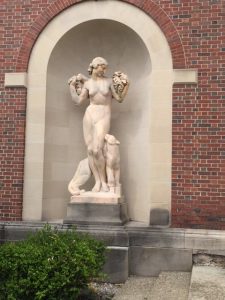
I recently went to the annual meeting of the Berkshire Conference of Women Historians which was held at the Gideon Putnam Hotel on the grounds of Saratoga Springs State Park. The meetings are three days of networking, conversations about the academy and history, research and teaching, and a lot of catching up with friends. If you identify as female and are a historian (in the academy or outside of it), I highly recommend joining the organization.
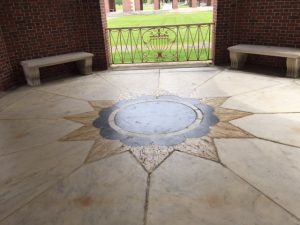 Attending the meeting in Saratoga Springs meant I had the opportunity to experience the springs themselves, a location that was frequently visited by the Everett family, who figure prominently in my newest research project. The Everetts were Welsh immigrants who settled in Remsen, New York and were active participants in a number of reform efforts. The family took several trips to Ballston Spa and took the water cure or hydrotherapy. Several members of the family had chronically poor health and they were believers in homeopathy and dabbled in Grahamism. Mary Everett eventually attended medical school and practiced homeopathic medicine in New York.
Attending the meeting in Saratoga Springs meant I had the opportunity to experience the springs themselves, a location that was frequently visited by the Everett family, who figure prominently in my newest research project. The Everetts were Welsh immigrants who settled in Remsen, New York and were active participants in a number of reform efforts. The family took several trips to Ballston Spa and took the water cure or hydrotherapy. Several members of the family had chronically poor health and they were believers in homeopathy and dabbled in Grahamism. Mary Everett eventually attended medical school and practiced homeopathic medicine in New York.
Taking the ‘water cure’ or hydrotherapy at a spa town meant traveling to stay at a boarding house or hotel in the town and spending several hours each day drinking, bathing, or lying wrapped in wet cloths in order to purge illness from the body with mineral water. Ballston Spa and Saratoga Springs were popular destinations for taking the water cure as they were close to the New York capital region, accessible by train by the 1830s, and there were large hotels for wealthy clients to stay in relative comfort.
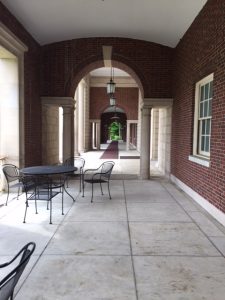
Part of the allure of the water cure was the progressive atmosphere of the spa towns, which attracted middle-class tourists from New York City and Albany. While days were spent taking the waters and walking the shaded paths in the woods, evenings were filled with lectures by homeopathic medical practitioners, antislavery activists, dress reformers, scientists and researchers. The hotel and boarding house dining rooms served meals designed to meet the requirements of special diets designed by Sylvester Graham, inventor of the Graham cracker and diet reformer who advocated a bland, vegetarian diet and abstention from alcohol as a way to ensure or restore health.1Elaine G. Breslaw, Lotions, Potions, Pills, and Magic: Health Care in Early America. New York: NYU Press, 2012. pp. 159-64
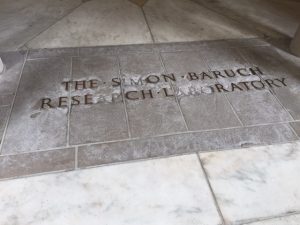 After the Civil War, physician Simon Baruch advocated bathing as an essential part of good health, and worked with the state of New York to provide public baths for working class residents of New York City as well as conducted research on the medical benefits of the mineral baths at Saratoga Springs.2Patricia Spain Ward, Simon Baruch: Rebel in the Ranks of Medicine, 1840-1921. (Tuscaloosa:University of Alabama Press, 1994)
After the Civil War, physician Simon Baruch advocated bathing as an essential part of good health, and worked with the state of New York to provide public baths for working class residents of New York City as well as conducted research on the medical benefits of the mineral baths at Saratoga Springs.2Patricia Spain Ward, Simon Baruch: Rebel in the Ranks of Medicine, 1840-1921. (Tuscaloosa:University of Alabama Press, 1994)
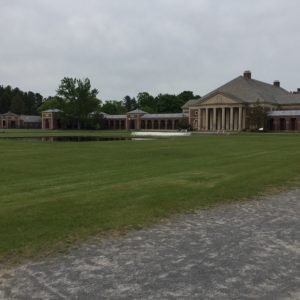
The spa that stands in Saratoga Spa State Park today is not the same spa complex that the Everetts would have visited. The complex that makes up a large part of the park was constructed in the 1930s as part of state efforts during Reconstruction, but some of the early nineteenth century taps remain publicly available. Unfortunately, none of them were flowing the day that I toured the park, many of them are no longer functioning due to the waters being siphoned off to the bottling plants that were built in the late nineteenth century. The modern bath complex takes up only a tiny portion of the complex, most of the baths are left abandoned behind iron bars.
During one of the breaks in the meetings and talks of the weekend, I “took the waters” in the form of a mineral bath at the modern spa. Unfortunately I don’t have any photos of the spa room, which is original to the 1930s construction and is likely quite similar to the bathing rooms used in the nineteenth century. The room held a tub which was filled with the brownish, slightly effervescent spring waters (which are mixed with warm tap water to make the bath more enjoyable, nineteenth century bathers would have used cold spring water only). The bath experience was a bit strange, the water has an odd odor and you float much more than you would in a regular bath because of the high mineral content of the water.
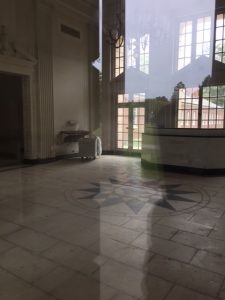
Floating in the tub for twenty minutes was an interesting experience and gave me some time to reflect on the importance of self-care and the safe space that the spa provided for the early-nineteenth century reformers who are the focus on my work. Much like modern academics, they faced incessant scrutiny and criticism of their work and daily activities. Retreating to the spa to care for their bodies and rest their minds was an important break from the monotony of speaking tours, letter writing campaigns and other reform activities. Taking the time away from writing, teaching, and doing administrative work to catch up with friends, take a walk in the woods, chat with others who value scholarship, diversity and hard work is something we all need to do a little more often.
Recent Comments